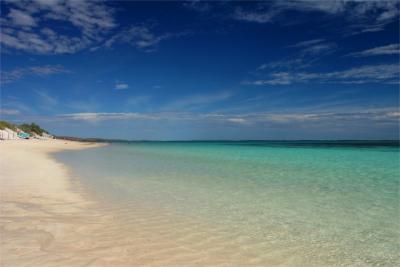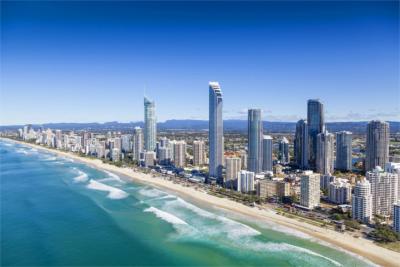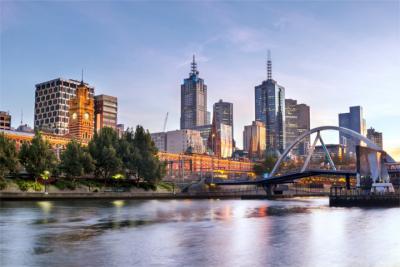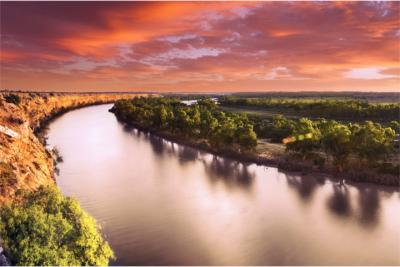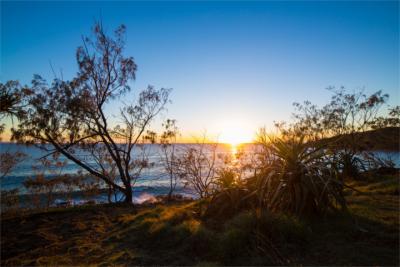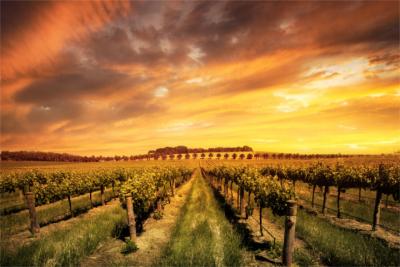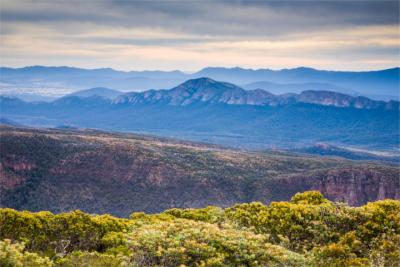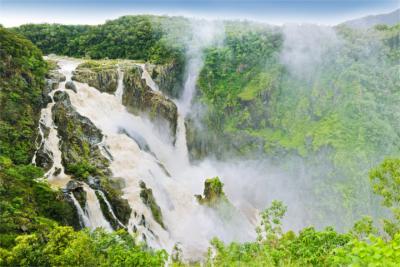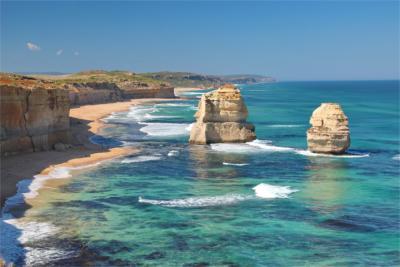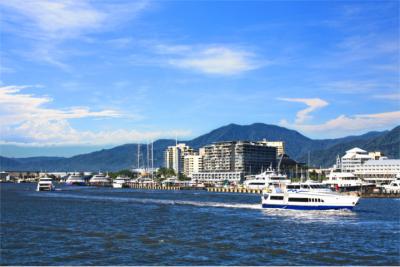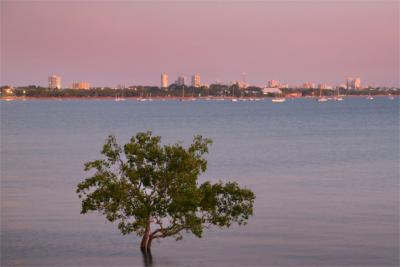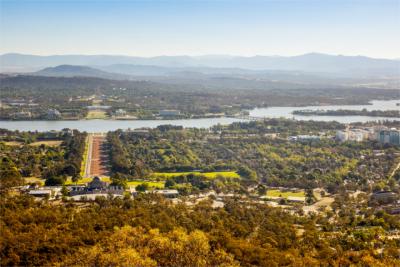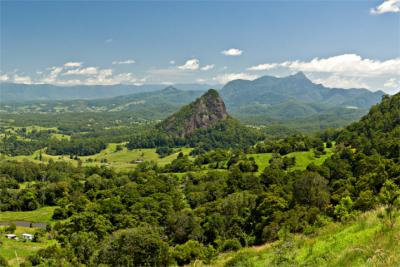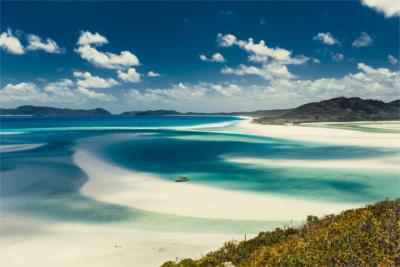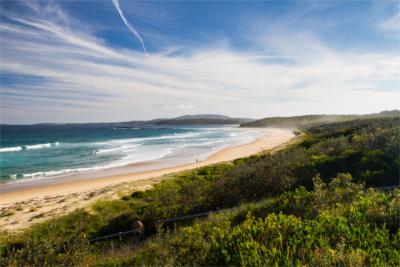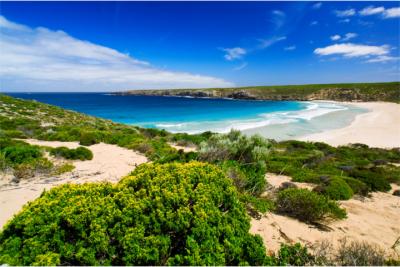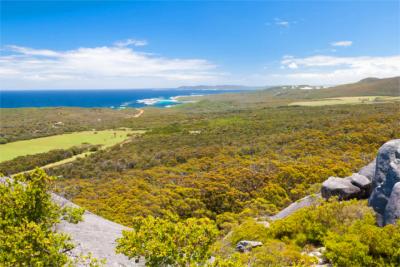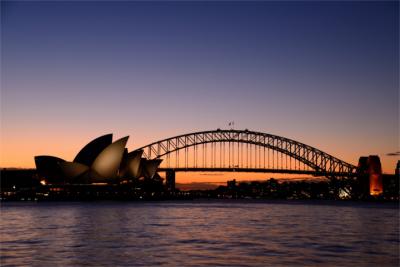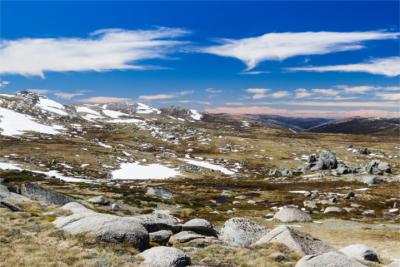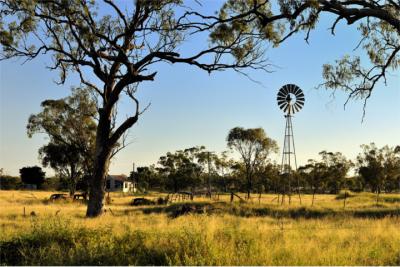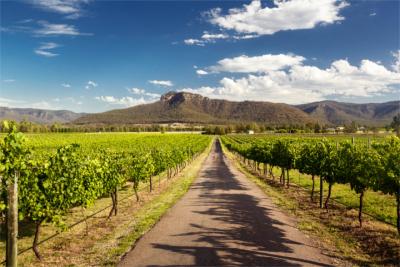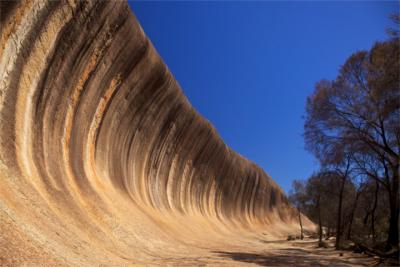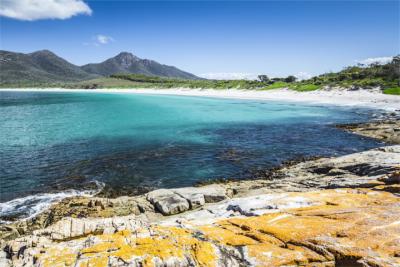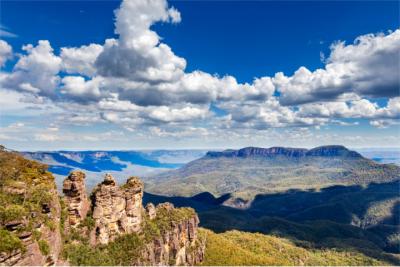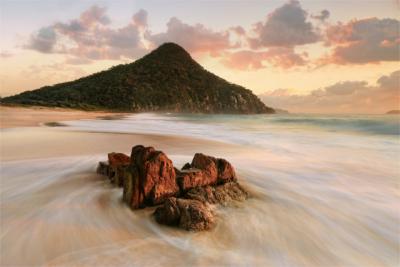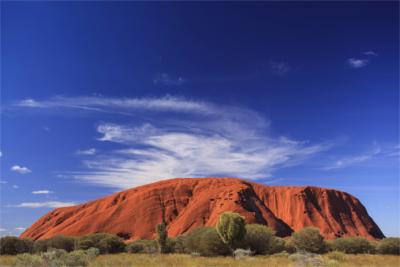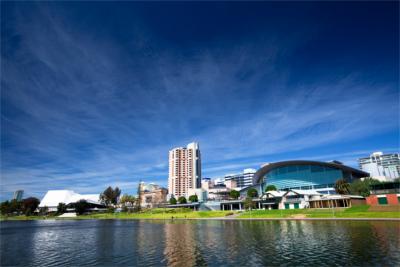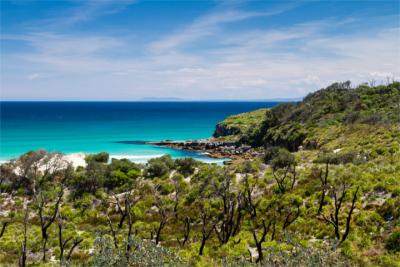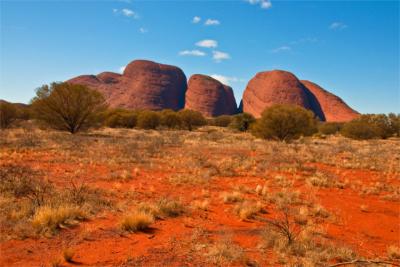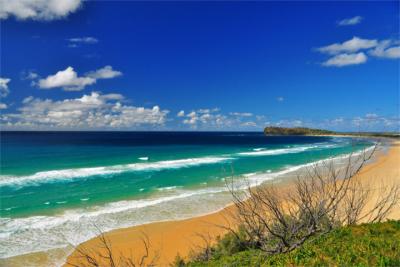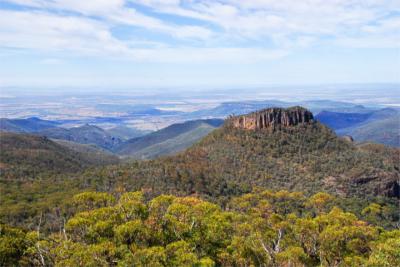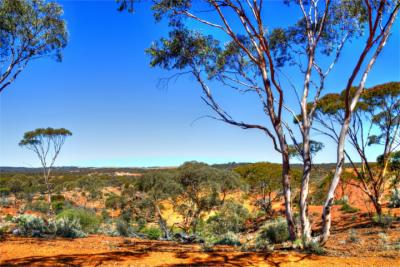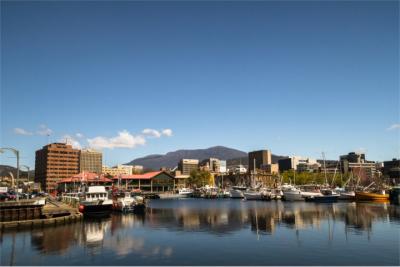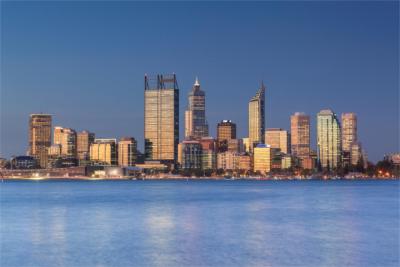Travel Offers
Travelmyne Featureprint
Distance
Tasmania - A Unique Island World
Mark Twain called Tasmania "a sort of bringing heaven and hell together". The island's white beaches, unspoiled nature, unique animals and mysterious history constitute two worlds which form one unified whole.

Geography - Australia's largest island
Tasmania is an island and a state in the country of Australia. It lies about 240 kilometres south of the Australian mainland at the edge of the Indian Ocean. Both land masses are separated by the Bass Strait, which connects the Indian Ocean to the Tasman Sea. With an area of almost 65,000 km² (269 km maximal length, 315 km maximal width), Tasmania is almost as large as Ireland and it is Australia's greatest island. Its capital and biggest city is Hobart. The region's highest peak is Mount Ossa with a height of 1,617 metres. Tasmania's climate is oceanic but also greatly influenced by the currents of the westerlies. These winds come from the west, blow throughout the year and carry very changeable weather with them. The western side of the island has higher precipitation than its centre or eastern side, which is connected to the western mountain ranges.

Nature - A unique flora and fauna
Tasmania's nature is characterised by its extraordinary, partly endemic flora and fauna and fascinates many travellers. The existence of unique animals and plants on the island is partly due to its geographical isolation. In the east, dry and open forests, which mainly consist of eucalyptus trees and acacias, dominate the landscape. The world's highest leaf tree grows here. The giant ash can become up to 95 metres high and over 400 years old. In the north-west of Tasmania, thick rainforest-like forests with high tree fern and impenetrable undergrowth characterise the scenery. In addition, violet lavender fields, grassy landscapes, marshes, wonderful sandy beaches and mountains are part of Tasmania's nature. It is home to numerous unique animal species with the Tasmanian devil (a marsupial) as the best-known example. The animal already went extinct on the Australian mainland and owes its name to its black coat, red ears and scary battle cries. You generally see many marsupials like kangaroos, wombats and koalas in the Australian state. Other members of Tasmania's fauna are the platypus and the spiny anteater.

Natural sights - Native World Natural Heritage
Tasmania has many untouched areas, in which travellers can enjoy the island's native landscape. About a quarter of it is covered in nature and national parks (18 in number), which are protected and part of the UNESCO World Natural Heritage. Impressive natural sights are the Cradle Mountains and Lake St Clair, which is the deepest freshwater lake in Australia, in the Cradle Mountain-Lake Saint Clair National Park. Other attractions are the Franklin-Gordon Wild Rivers National Park with its rainforests and the Wineglass Bay in the Freycinet National Park. The latter is characterised by white, fine sandy beaches, granite rocks and crystal clear sea water and is considered one of Tasmania's landmarks.

Culture - Australia'S Alcatraz
Originally, Tasmania was connected to the Australian mainland. It only became an island when the water level rose after the Ice Age. This way, Tasmania's native inhabitants were isolated from the aborigines on the Australian mainland, both geographically and culturally. Up to the European discovery by the Dutchman Abel Jaszoon Tasman, the Tasmanians lived like people in the Stone Age as hunters and gatherers with simple tools made from stone, bones and wood and without any technology. In the 19th century, they were exterminated completely by the British settlers, so that their culture and language was wiped out with them. In addition, the island served as a convict colony in the 19th century. Between 1803 and 1853, about 75,000 male, female and underage convicts were brought to Tasmania, most of which worked on the extraction of coal and the construction of roads and bridges. Results of their work are the Richmond Bridge, Australia's oldest bridge, and the Red Bridge, for example.

Cultural sights - Following the traces of former convicts
Hobart, Tasmania's capital, is a real insider tip among travellers. The continent's second oldest city was listed as one of the Top 10 places of interest by the travel guide publisher Lonely Planet in 2013 and impresses with its old town district Battery Point, numerous sandstone warehouses, the Museum of Old and New Art (MONA) and the Tasmanian Museum and Art Gallery (TMAG), which is the second oldest museum in Australia. The island's second biggest city, Launceston, has many Victorian buildings and is also worth a visit. Tasmania's main attraction, however, is the historical convict settlement of Port Arthur. It served as a prison for British convicts in the 19th century, who were not always felons but also children. Due to the island's geographical position, escape was impossible, which made Port Arthur one of the most secure prisons of its day. Although the historic site only consists of ruins and a few cottages now, it has not lost in appeal. Many visitors are captured by the mysterious atmosphere of the former prison. The site can be explored as part of a guided tour, e.g. a Ghost Tour.

Experience - Art and cuisine in Hobart
The capital of Hobart is a great location for getting to know the island's cultural and vibrant life. The dynamic harbour and the weekly market at the Salamanca Place offer a lively, creative and colourful atmosphere in front of Georgian warehouses. Many native painters and art designers present their work here, which cannot only be seen on the market place but also in the studios and galleries. Travellers can taste local food in one of the many restaurants and cafes at the harbour. Seafood, freshly caught fish, spiny lobsters and oysters are very popular. You usually have a glass of local wine (e.g. Pinot Noir) with your meal here.

Activities - Hiking through the Tasmanian landscape
Tasmania is the ideal destination for hikers. It is equipped with over 2,000 kilometres of signposted hiking trails, which go past native landscapes and breathtaking natural monuments. Water sports fans get their money's worth at the island's coasts. Bathing, swimming, sailing, surfing, diving or a boat trip during which you can watch whales and dolphins are common leisure activities at the Tasmanian coast.

Information
Tasmania has temperate temperatures all year. Therefore, you can travel the island at any time of the year. You should, however, note that the currents of the westerlies cause changeable weather. You best reach Tasmania via the Australian mainland, for example via Melboure. The only country from which you can get direct flights to the airport in Hobart is New Zealand.
A trip to Tasmania is the best choice for travellers who want to get to know a different side of Australia. Due to the geographical isolation, the island has its own plants and animals, which visitors can watch on a day trip through the unique landscapes and national parks.

